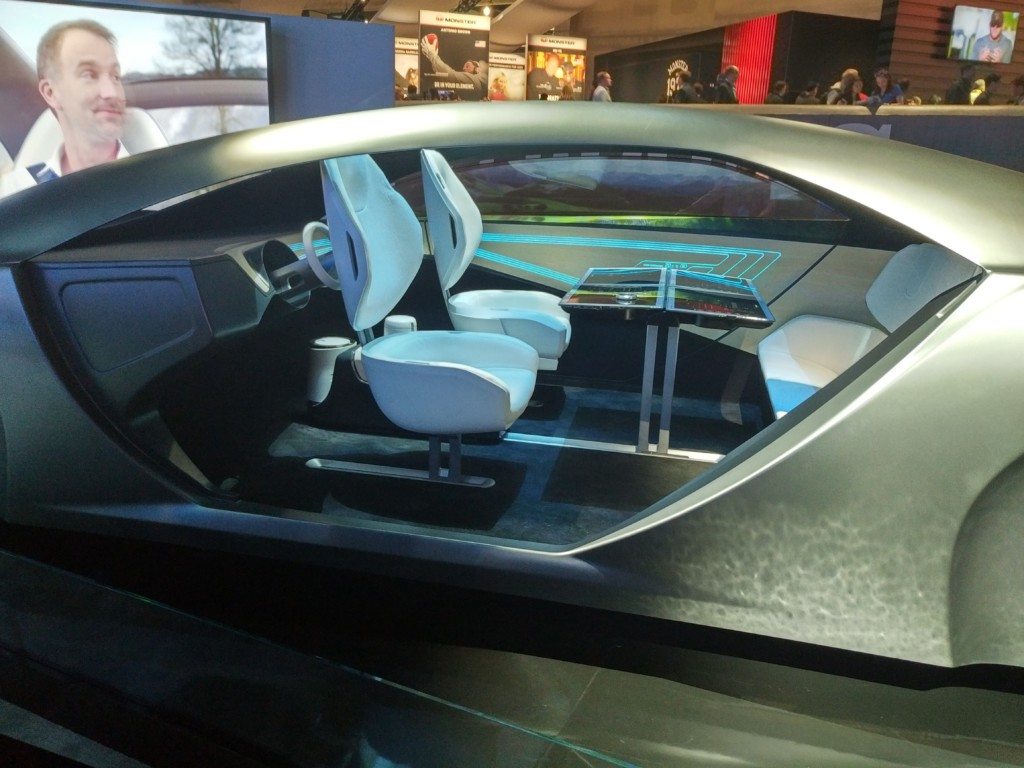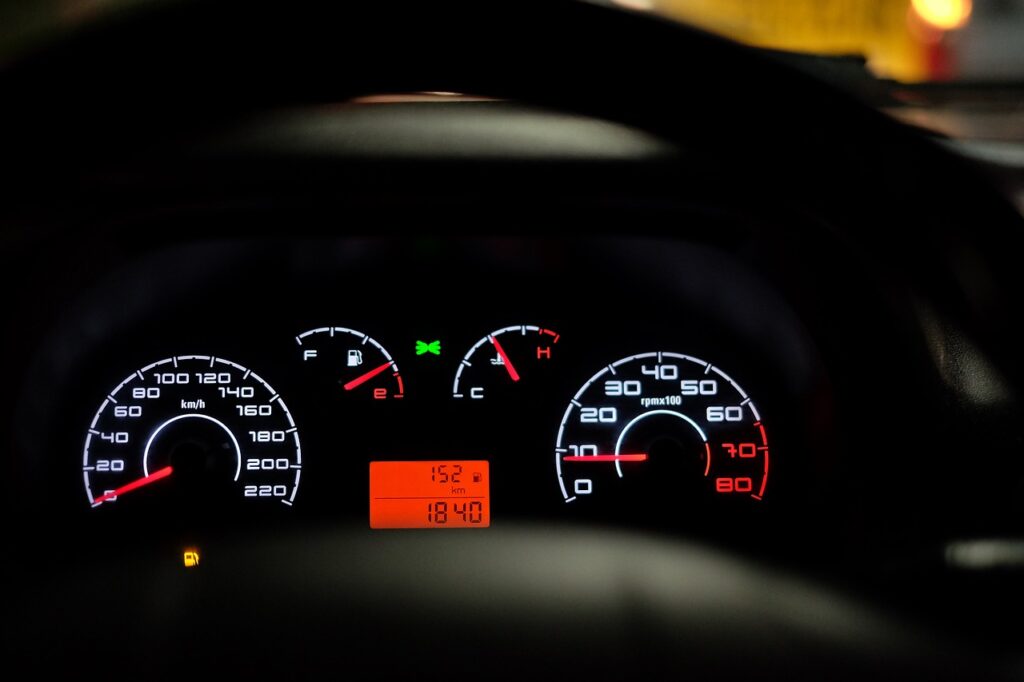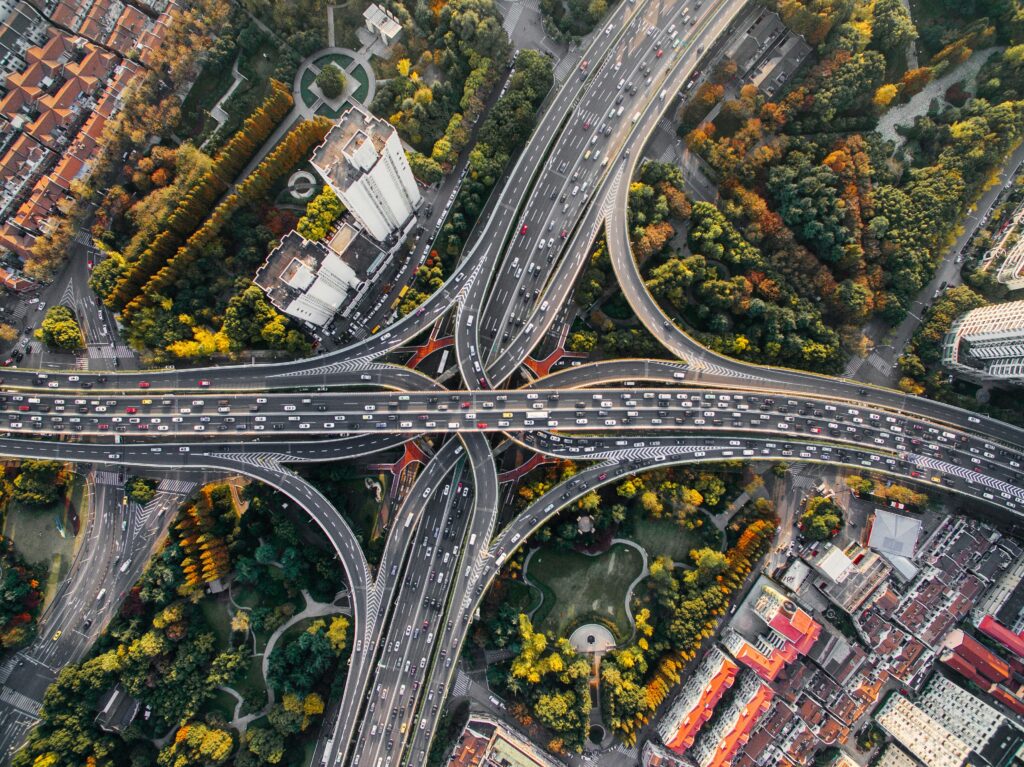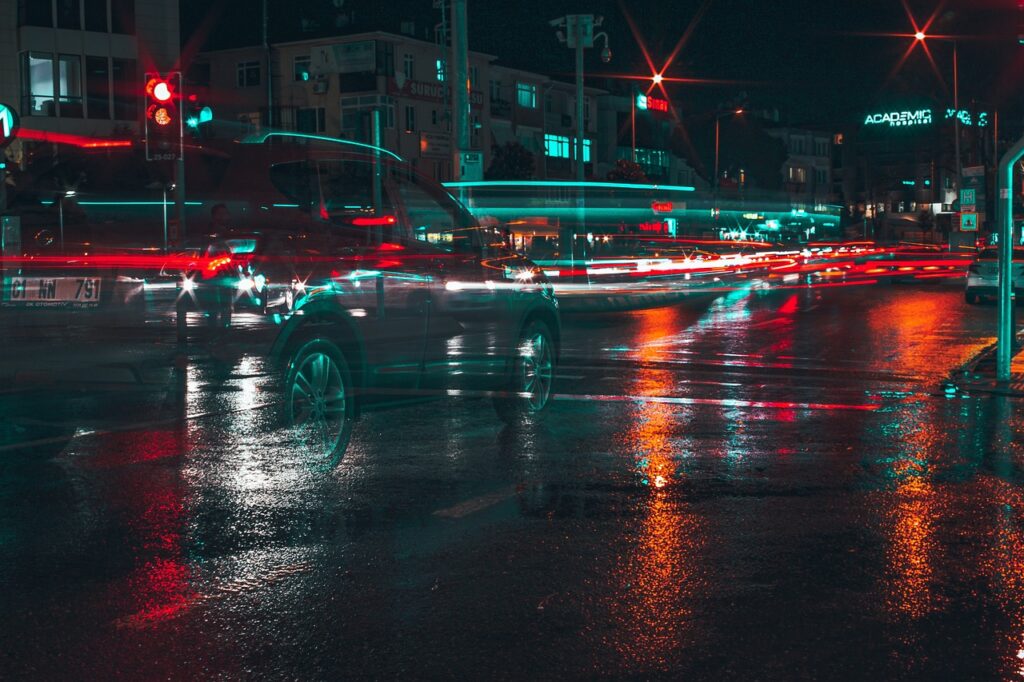Panasonic’s booth at CES was a wonder to behold this year. It had a variety of things that imagined a future defined by robots, displays, projectors, drones and cameras that provided a glimpse into our near-term future. Part of what keeps a company fresh is keeping its eyes out over the horizon and Panasonic certainly did that this year.
Let me walk you through the elements.
Robotic Family
Most firms messing with robots think of their solution as a single robot solution. Maybe it is something to entertain the kids, or something that vacuums the rugs, or a car that drives itself. Panasonic is the first that seems to realize that when we finally get robots we’ll likely need a family of them. Robots specialized to entertain, to secure, and to do some kind of physical labor. I think Panasonic is right that we will need a family of connected robots that will handle a variety of chores that each is expert at, and that we’ll likely want these robots to be interconnected so that—at least for some tasks—they can work together as a team. If Panasonic is right, we are likely to be up to our armpits in robots in a short while and I think it is likely right.
We Need Lighter Than Air Drones
Think of this as the revenge of the mini-blimp. Panasonic showcased a blimp drone that could hover for hours over a sporting event or over an area that needed to be secure largely because it was filled with helium and lighter than air. Typical drones have flight times measured in minutes and that is far too short to use them reliably as security oversight for a property, sporting event, or army. Panasonic’s implementation was cool because it not only contained the camera, blimp, and some surprisingly powerful positioning motors and propellers, it was designed to be a floating billboard where messages and ads could be displayed to the people below.
Self-Driving Cars Should Be More Like Boxed Living Rooms
Panasonic also had a self-driving car showcase where the mocked-up vehicle looked more like a living room/nook than a typical car interior. People could face each other, recline and sleep, eat, or work much like they would do in their own homes. The implementation was kind of like a sporty small motorhome and anticipates a time when the autonomous car is trusted enough that the operator no longer has to focus on the road ahead and can instead entertain themselves, sleep, or interact with the other passengers in what basically becomes a wheeled horizontal elevator car. This doesn’t mean the car has to look bad either as the result looked more like a stretched high end car than a boxy mobile home.
Kitchens Should Be Smarter
The idea of smart appliances isn’t new, but Panasonic carried it forward by showcasing a smart stove vent that had built in cameras and could observe the preparation of food and not only walk you through a recipe but catch if you were preparing the food incorrectly. This wouldn’t stand alone and it would be tied into whole kitchen solution. One of the additional appliances was a stove that had refrigeration so you could leave your meal in the stove when you went to work and it would be cooked and waiting for you when you returned home.
Wrapping Up: The Future According to Panasonic
Put this all together and you have the foundation for something kind of amazing. A life where you can enjoy your drive to work regardless of the traffic, where your meals are as perfect as science can make and ready for you when you arrive home, and where your security and robotic servants handle your chores and keep your home secure when you are away and even patrol your home while you sleep soundly in your beds. It’s a decent dream, and with a little luck we might just get there.



